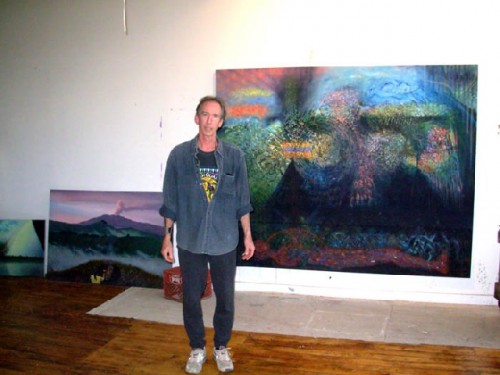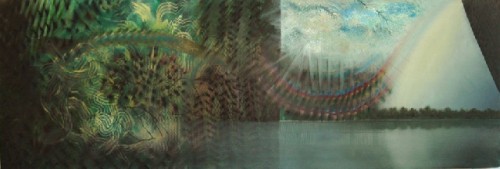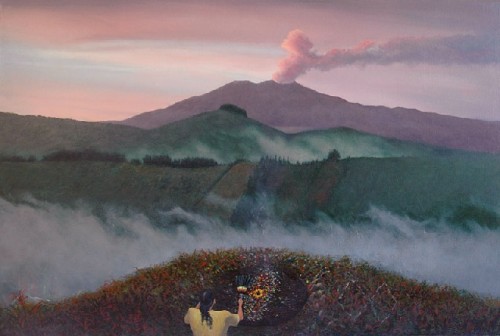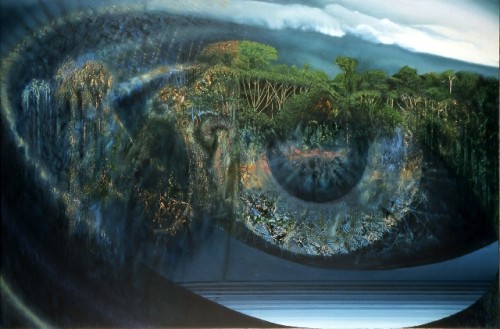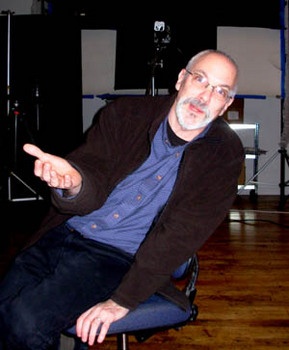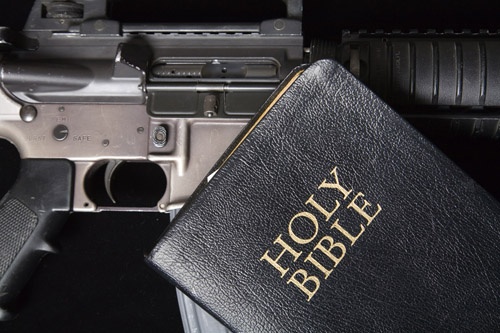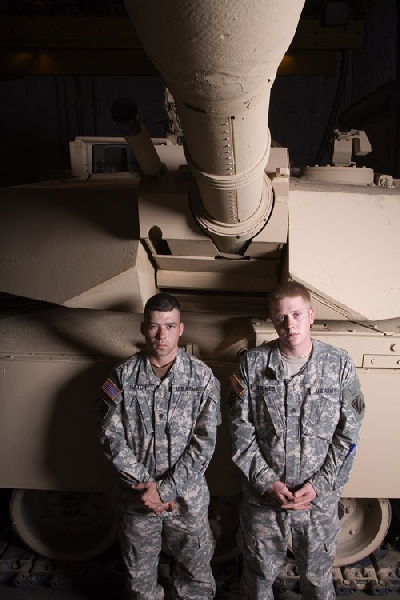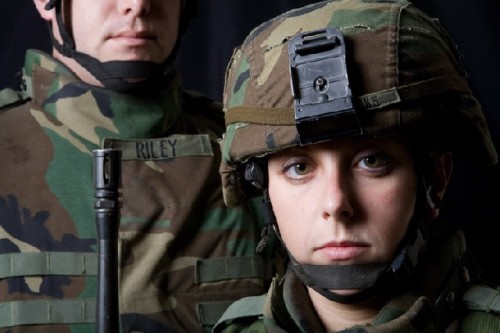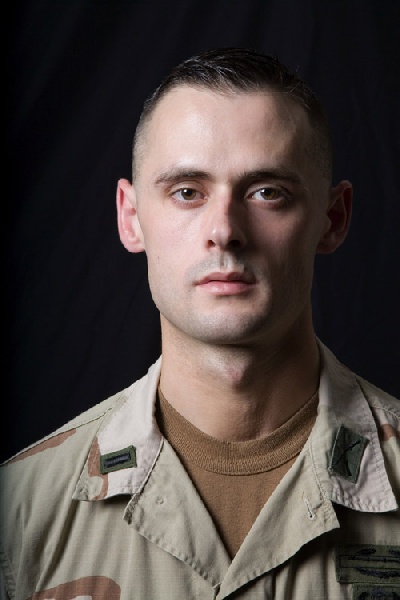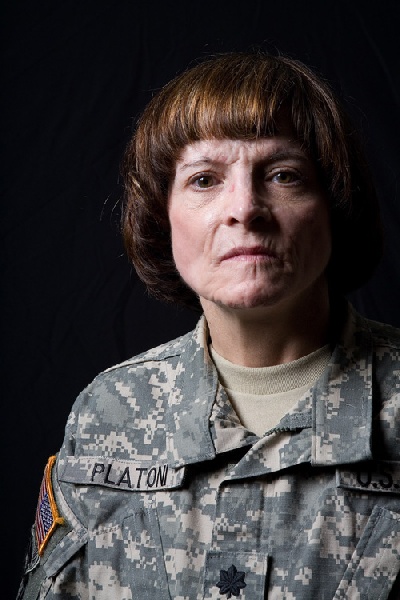Bekshire Artists Ric Harlow and Barry Goldstein To Show in Boston
Exhibition at New England School of Art & Design at Suffolk University
By: Charles Giuliano - Oct 18, 2006
The New England School of Art & Design at Suffolk University75 Arlington Street Boston MA 02116
(617) 573 8785
http://www.suffolk.edu/nesad/gallery
November 9 through December 15th
Reception, Thursday, November 9th 5 to 7 PM
Curated by Charles Giuliano
When Astrid and I settled into our loft in the Eclipse Mill, Ric Harlow, our next door neighbor, was among the first people we met. Actually I had know him off and on as a part of the Boston art world and as a member of the group dubbed Epic Abstraction by the former ICA Director, Garbielle Jepson, and Boston Globe art writer Robert Taylor. The oher members of that group included John McNamara and Roger Kizik. So it was terrific to catch up and get better acquainted. But we have discovered that Ric is often away for stretches at time because of his long involvement with the indigenous people's of Colombia. A year or so ago I invited him to show in the program I direct. But seeing the work evolve has been an incremental process as Ric can work on a painting for years on end. It is "finished" more or less the day that it is hung in an exhibition and the process continues when it returns to the studio. Occasionally a sale disrupts this dynamic.
The dramatic and insightful portrait photographs and text statements of Barry Goldstein first came to my attention when we participated in a group show at the Eclipse Mill where we are neighbors. I scheduled an interview with him and was riveted by the process of coming to know the grim content and inspiration of an earlier body of work that involved photographing and interviewing interns who worked in the morgue processing the remains of victims of 9/11. They had been in med school a matter of days when they were recruited into this harrowing work. But we have opted to show a new body of work that has resulted from his unique means of reflecting on the impact of the Iraq War through a group of young Americans serving in the military. I invited him to show a sample of this new series in our Project gallery.
It has been particularly gratifying to share in the creative process and work with these fellow residents of the Eclipse Mill Loft Studio Building in North Adams. This is a signifier of just how we might pursue a creative life when we move full time to the Berkshires. Hopefully there will be further exhibition and publishing projects. Prior to this exhibition I wrote about both artists and you may access that material by clicking onto Maverick Arts from the logo in the upper left corner of the home page of this site. In Maverick you will scroll through the Archive on the left of the screen. The Harlow piece is Maverick #198 and Goldstein was covered in #219. It is insightful to have this further involvement with their work and to present them both here on line and on the walls of the galleries. Statements by the artists follow below.
Rick Harlow
Artist's statement
For the past 20 years I have been traveling to Colombia. Much of this time I spent along the rivers Apaporis and MititàParaná, living with Macuna, Yucuna, and Tanimuca peoples. They taught me to feel at home and at ease in the forest, how to walk without falling down, how to hunt, fish and gather food. They taught me about the different plants, insects and animals. They showed me which ones are useful, which are dangerous and which are sacred. They told me their stories of how their world was created, stories of how they came to live there, stories that explain their relationship to all living things and their place and purpose in the web of life. Stories that contain great lessons on how to live correctly, stories of the spirits that live in the rivers, in the forest, in the underworld and in the MilkyWay. They invited me to participate in their rituals, dances and sacred ceremonies. They initiated me into the tribe and gave me a new name. They introduced me to the visionary teacher plant Yajà (Banisteriopsis caapi) or Ayahuasca as it is more commonly known. I was taught that this sacred plant is the umbilical cord that connects us to the cosmos.
These experiences have served as the main inspiration for my paintings. In creating these works, I do my best to paint not only what I have seen, but also what I have felt or sensed. Sometimes I have combined landscape with visions I experienced during rituals.
In the past few years my time in Colombia has been spent in the Andes Mountains around Pasto, at the Maloca named Navi Nunhue (House of the Jaguar). There I have been participating in Ayahuasca rituals, continuing to receive teachings from the plants. This latest group of paintings combine images form my recent experiences in the Andes as well as images from the Amazon that continue to reverberate in me.
Barry Goldstein
Artist's statement
"Veterans"
This is a work in progress consisting of interviews with and photographic portraits of Iraq war veterans who are members of the 3rd Brigade of the Army's 3rd Infantry Division. Stationed at Kelley Hill, Ft. Benning, Georgia, the 3,600 soldiers of the brigade returned from Iraq in January, 2006, after a year's deployment. Most of these soldiers are members of the brigade's 2-69th armor battalion--a mechanized infantry battalion that spent much of its deployment in Ramadi, the site of a particularly vicious form of urban warfare. Soldiers were photographed at Ft. Benning, and were invited to bring items that accompanied them during their time in Iraq. Text panels contain brief excerpts from interviews, which lasted between one and two hours.
My intent is to convey the variety of faces and voices of those who've served, and to let the soldiers tell their own stories.
"Veterans" is a companion project to "Being There," a collection of portraits of and interviews with New York University medical student morgue volunteers following 9/11. It is part of a series arising out of my own experiences in New York on September 11, 2001, and my interest in the effects this event continues to have on our country.
Bio
Barry Goldstein is Associate Professor of Medical Humanities at the University of Rochester, and Adjunct Professor of Humanism in Medicine at New York University Medical School. Originally trained as a physician and biophysicist, his photographic work deals with medical and social documentary themes. His portraits of medical students in the NYC morgues following 9-11 are published in the book "Being There" (2005, NYU Master Scholars Press, University of Rochester Press). Current projects examine Iraq war veterans and post-Katrina New Orleans. He lives in North Adams, Mass. More of his work can be seen at http://www.bgoldstein.net

